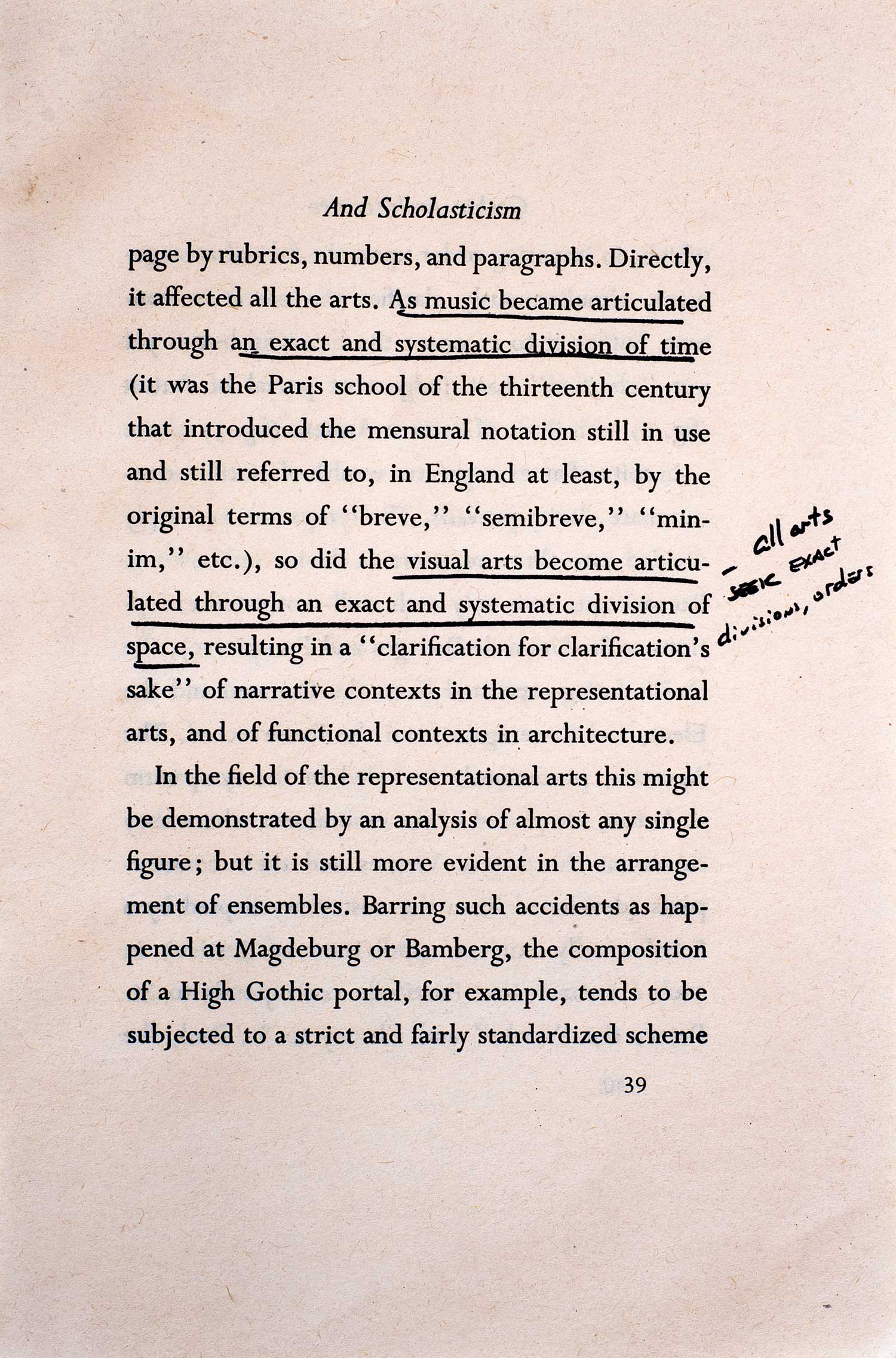

- #ERWIN PANOFSKY GOTHIC ARCHITECTURE AND SCHOLASTICISM SERIES#
- #ERWIN PANOFSKY GOTHIC ARCHITECTURE AND SCHOLASTICISM WINDOWS#
The Scholastics had no problem following the orders of the authorities rather they prided themselves on exploiting the authorities for their own gain then expressing their own thoughts. “… In imposing order upon the formal arrangement, simultaneously clarifies the narrative content. ” This orderly concept of Scholasticism was applied to Gothic architecture through the denaturized structure of the Gothic portal. The architect himself had come to be looked upon as a kind of Scholastic” The Scholastics were the first medieval educators to divide books in to chapters leading the reader “step by step, from one proposition to the other and is always kept in termed as to the progress to his process. While the architect who frequently rose from an ordinary laborer to the overseer of an entire structure through hard work and diligence would become a well traveled, often well read man. As well as being properly schooled in the Scholastic method. The scholar commonly a cleric devoted his life to writing and teaching. The two most well read professionals in the medieval “town” would have been the scholar and the architect. The connection between Gothic architecture and Scholasticism begins with the town professionals of each field.
#ERWIN PANOFSKY GOTHIC ARCHITECTURE AND SCHOLASTICISM WINDOWS#
Gothic vaulting allowed for the pointed doorways, large windows and high ceilings creating a high heavenly environment worthy of being described as the house of God. Classic features found in gothic architecture include thin columns and surrounding walls supported by flying buttresses, stained- glass, ribbed vaults, and detailed sculptural elements. The gothic style flourished during the High and Late Medieval periods. Gothic Architecture is a style of architecture originating near Paris with the construction of the abbey church of Saint-Denis.
#ERWIN PANOFSKY GOTHIC ARCHITECTURE AND SCHOLASTICISM SERIES#
Then through a series of dialectics focusing on philological and or logical (commonly Aristotelian logic after the Second Crusade circa 1149) analysis the two sides of the contradiction would be interoperable to essentially agree with each other. The sources would be read aloud to a class of pupils or academics to point of the contradictions between the texts.

The Scholastic method would compare two or more writings of a related source.

This method of learning was based on dialectical reasoning, with the purpose of answering a question or settling a disagreement through the use of the Scholastic method. Scholasticism is a method of learning taught by the academics of medieval universities from the 1 lath until the 1 5th century, originating in Paris. ” But is there a more meaningful conviction that Pompanos is trying to present by explaining this “cause and effect”? Before diving deeper into Panoply’s theory, the terms Scholasticism and Gothic Architecture need to be defined. In Panoply’s own words “A connection between Gothic art and Scholasticism which is more concrete than a mere “parallelism”… He connection which I have in mind is a genuine cause-and-effect elation. Focusing on the “100 mile zone around Paris” during the years between 1130- where and when Scholasticism was the dominate theory of education and Gothic architecture began to take a stronghold over the ageing Romanesque style. Erwin Panoply’s Gothic Architecture and Scholasticism presents a compelling connection between the architectural styles of Gothic Cathedrals and the order and form of the Scholastic school of thought.


 0 kommentar(er)
0 kommentar(er)
